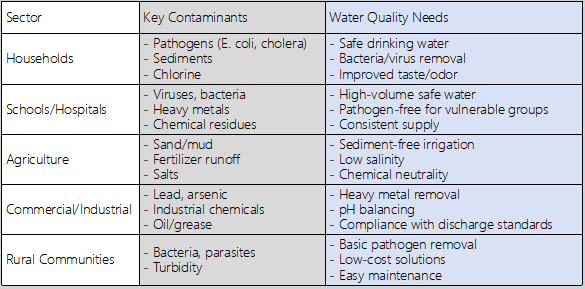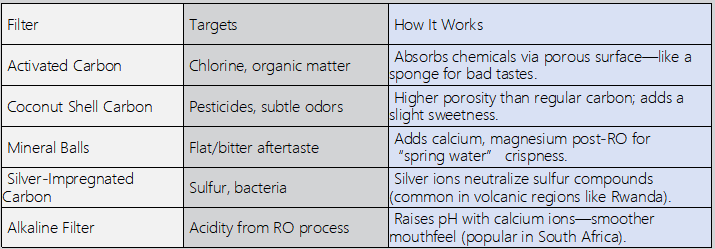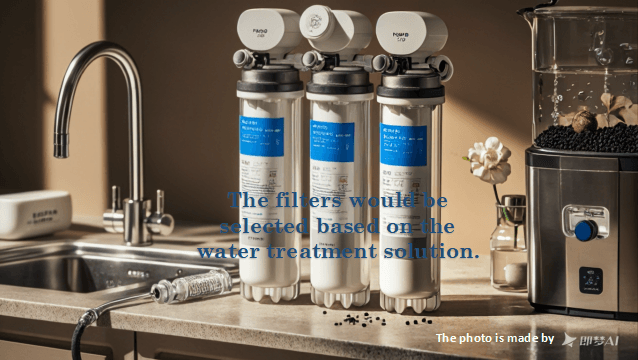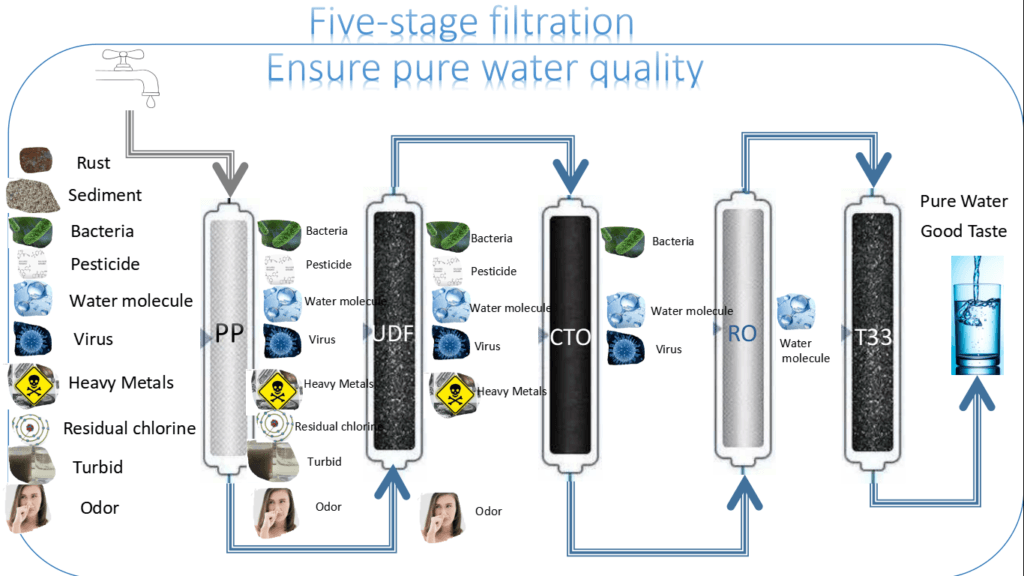Our Technology is built for Africa’s Diversity. Our Product design is Smarter, Stronger, Simpler. Choose Flowmaji, your Swiss Army Knife of Clean and Safe Water Solution, the turnkey from Hospital Halls to Household Hope.
Choose Flowmaji: Effective for All Water Sources, Scalable for Any Sector.
Cameroon’s water challenges are as diverse as its landscapes—from Douala’s bustling urban taps to rural wells choked with sediment. Choose Flowmaji technology thrives in this complexity:
– **Universal Adaptability**: Removes contaminants in *river water, groundwater, and municipal supplies* (even aging pipes!).
– **Scalability**: A single system powers households, schools, hospitals, or factories.

Advanced Filtration | Modular Design | Cost-Effective Maintenance
Flowmaji’s systems are like LEGO for water safety—*build what you need*:
– **5-Stage Filtration**: Sediment, Rust → Turbid, Residential Chlorine→ Hardness, Odor → Heavy Metals, Bactiria, Virus → Better Taste.
– *Kills 99.9% of pathogens* (cholera, E. coli) and removes heavy metals (lead, arsenic).
– **Modular Customization**:
– **Households**: Compact units.
– **Factories**: Add industrial-grade filters for chemical runoff.
– **Low-Cost Care**: DIY filter swaps (no technicians!) + solar options slash energy bills.


Global Connector | Community Pulse | Efficiency Engine
Carlsky’s global PPP expertise ensured our tech aligns with UN Sustainable Development Goals, while OpenHI’s operational genius made it scalable. *This isn’t just engineering—
it’s equity*.
SiNnui’s community insights shaped our user-friendly design. “If my grandmother can’t maintain it, we redesign it.”



